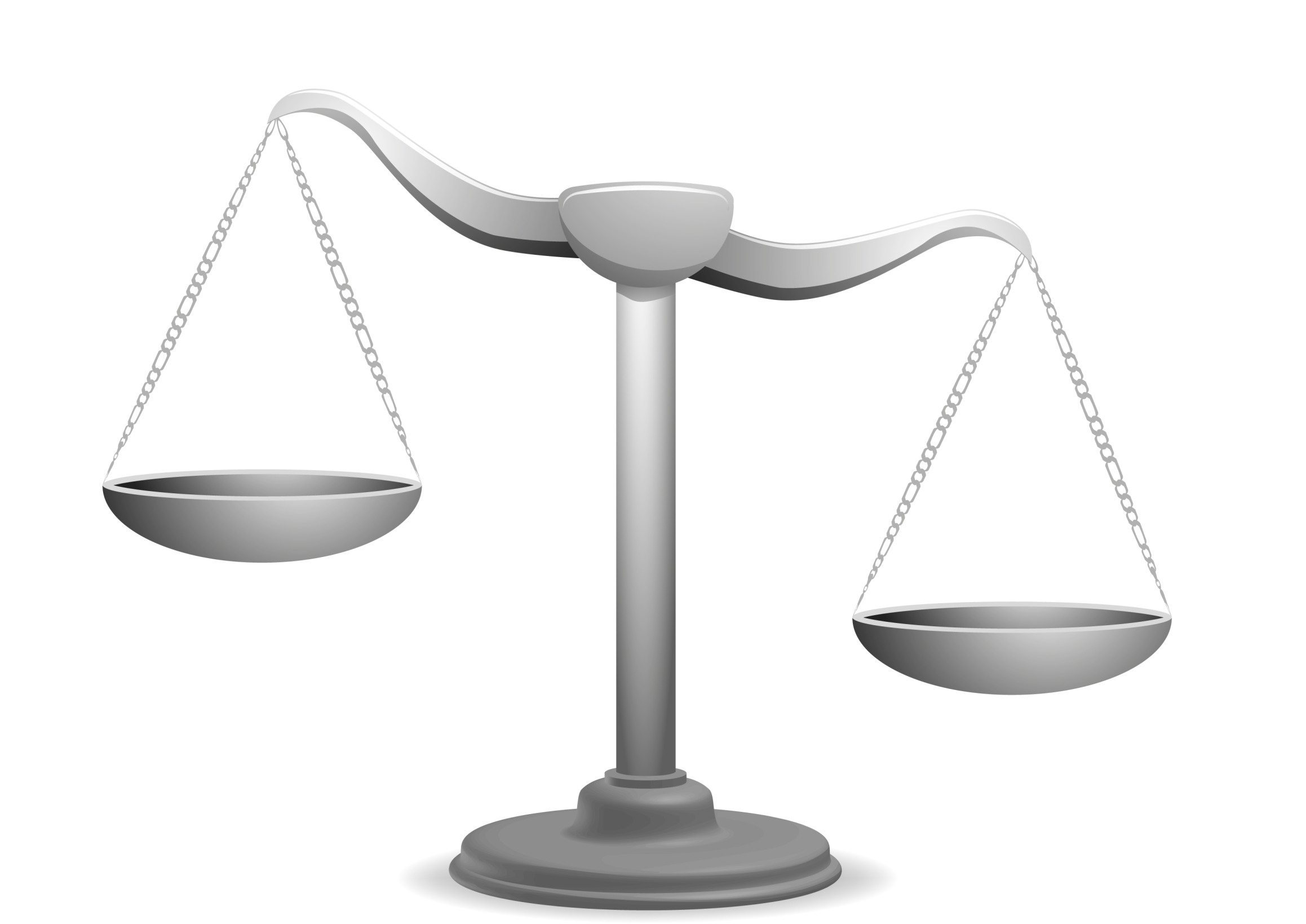
July 11, 2016
Why is the Supreme Court So Important — and How to Explain That
 When you think of the Supreme Court, you think of old people in black robes that dispassionately determine the fate of the country’s laws. That’s all true, but there’s more to maintaining law and order than a podium and a gavel. The Supreme Court is the apex of one of three branches in the American government:
When you think of the Supreme Court, you think of old people in black robes that dispassionately determine the fate of the country’s laws. That’s all true, but there’s more to maintaining law and order than a podium and a gavel. The Supreme Court is the apex of one of three branches in the American government:
- The Legislative (the House and the Senate) passes laws
- The Executive (the President) executes the laws
- The Judicial (all the courts in the United States from the local courts to the Supreme Court) judges whether the laws and their execution abide by the nation’s Constitution
The Supreme Court consists of nine individuals who are nominated by the President and voted in by the Senate. Once approved, they serve for life, the hope being that this allows them to judge apolitically, based on the merits of the case rather than political leaning. These guidelines are not without controversy but are critical to a healthy, democratic environment.
But this year, an election year, is different. The death of Antonin Scalia leaves the court split evenly between those who lean Democrat and those who lean Republican. Rarely in our history has an outgoing president — in his last year — been tasked with selecting such a critical Supreme Court justice.
Really, it’s much more complicated than what I’ve described, but this isn’t the place to unravel what could become a Gordian knot of intrigue over the next few months. Suffice to say, this process will overwhelm the media and your students will want to know more about what is normally a dull and boring process and why it has become foundational to our future. This provides a rare opportunity to educate them on the court system in America.
Here’s a list of six websites to teach students about the Supreme Court. The first four provide an overview and the last two gamify the concepts.
Judicial Branch
This free site explains the American court system in words younger students can understand. It’s put out by Congress for Kids who has a great reputation for providing age-appropriate learning about the US government.
The site includes:
- a summary
- a review
- a quiz to test knowledge
- an opportunity to dig deeper into specific Justices as well as critical past decisions
- links to outside sites with more information on specific topics (such as a timeline of Supreme Court events)
- books that provide more depth
- projects for students to complete
- things to think about
- fun facts about the history of the Supreme Court
The site is compatible with desktops, laptops, and Chromebooks, and views well on any browser.
Overview of the Supreme Court
This video summarizes the Supreme Court’s history, purpose, and operations. It is well-designed, full of facts, with excellent graphics that convey visually the lecture-type presentation. It is published by Study.com and is part of a larger fee-based course. It is well-suited to Middle School civics classes.
Besides the video, the webpage includes:
- a transcript of the video
- a quiz
- additional videos that dig deeper into the topics
While the information is excellent and well-presented, the free material is limited. You only get about half of each video before they require a freemium registration.
Important Supreme Court cases for teens
This site includes ten Supreme Court decisions that have directly and substantively impacted the lives of students — as judged by the New York Times. This includes a 1967 decision that determined teenagers have specific rights, contrary to the then-popular opinion that they were basically the ‘property’ of their parents. Another is a 1987 decision that a student’s legitimate expectation of privacy is mitigated by the school’s responsibility to provide a safe environment for all students.
Each case includes:
- a summary
- the background
- the ruling
- the impact
This site is best-suited for teens based on the vocabulary used and the concepts included. It is web-based so plays well on most computers and Chromebooks. Because it is essentially text-based it would display fine on iPads also.
Supreme Court Cases Quiz
This is a quiz about the most important Supreme Court cases throughout its history. This includes Roe vs. Wade, Dred Scott vs. Sanford, and Miranda vs. Arizona. Students are expected to research the case (using a partner website) and then determine which case fits selected statements. The site automatically scores student grades and provides an opportunity to move on to other civics-based topics.
The site is designed by Congress for Kids and is one of about twenty-five games they offer on their website.
Court Quest
In Court Quest, students adopt the role of an expert on the judicial system. To fulfill requests for help, students must listen carefully to each case and then guide individuals to the right solution. It is created by iCivics and shared free via BrainPop. It is one of a series of civics games created to gamify what is traditionally fairly dry, even boring material. Other court system iCivics games include:
- In the Courts
- Court System
- Let’s Take It Up
- States Rule!
- James Bond in a Honda: Trial Simulation Lesson
These are web-based and can be accessed either through iCivics or a school BrainPop account, with or without registration. The game includes robust teacher resources including a PowerPoint presentation, student expectations, and a game guide. The game is well-done, authentic (the site was started by Supreme Court Justice Sandra Day O’Connor), and engaging.
Supreme Decision
Supreme Decision is a gamified simulation where students compare a fictional case with a variety of historic ones to understand why precedents and judicial review are important in peoples’ lives. It can be played individually or on the class screen as a group. If played individually, students can email or print their game reports (or if playing it through BrainPop, a quiz) so teachers can see how they did. It’s thought-proving, cerebral, and engaging.
It can be accessed free through BrainPop and iCivics. Through iCivics, the game includes thorough teacher resources to support student learning.
***
Use all of these in your curriculum. Start with the first four as background sites. Once students are familiar with the Supreme Court, test their new knowledge with the games. This is a great way to infuse authenticity into a current events topic that likely will dominate the news cycle.
More on gamifying education:
15 Great Simulations to Gamify Your Class
Jacqui Murray has been teaching K-8 technology for 15 years. She is the editor/author of over a hundred tech ed resources including a K-8 technology curriculum, K-8 keyboard curriculum, K-8 Digital Citizenship curriculum. She is an adjunct professor in tech ed, CSG Master Teacher, webmaster for six blogs, an Amazon Vine Voice book reviewer, Editorial Review Board member for Journal for Computing Teachers, CAEP reviewer, CSTA presentation reviewer, freelance journalist on tech ed topics, and a weekly contributor to TeachHUB. You can find her resources at Structured Learning.






